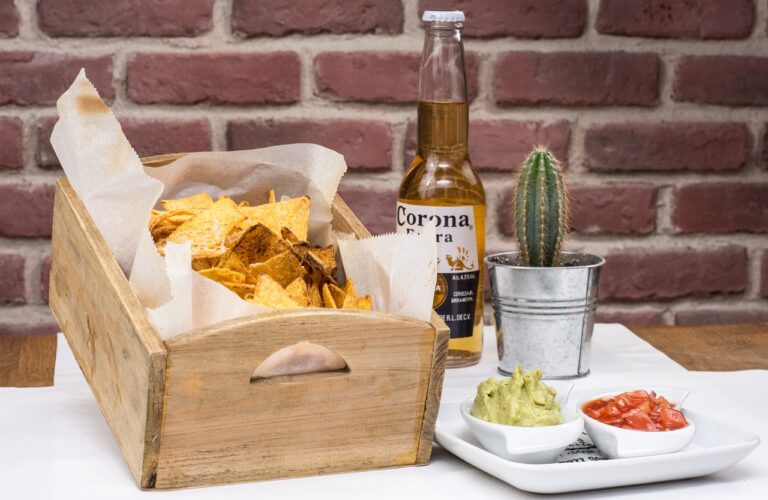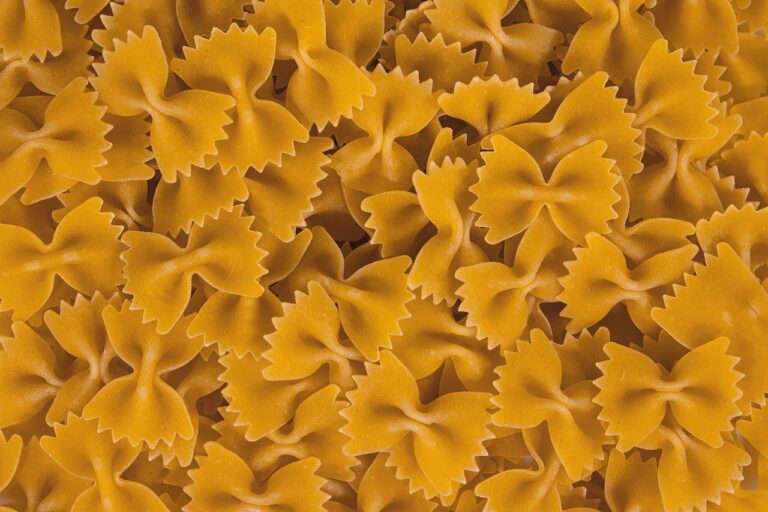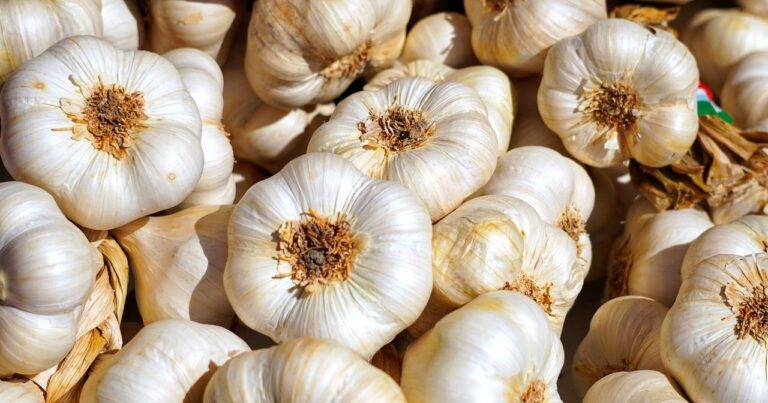The Science of Food Packaging: Innovations in Sustainable and Eco-Friendly Materials
In recent years, there has been a growing emphasis on the importance of sustainable practices in the food packaging industry. As consumers become more aware of the environmental impact of packaging materials, there is a greater demand for eco-friendly alternatives that reduce waste and minimize pollution. In response to this shift in consumer preferences, food packaging manufacturers have been exploring innovative solutions that prioritize sustainability while still maintaining the quality and safety of the products they contain.
The Evolution of Food Packaging Materials
Historically, food packaging has primarily been made from materials such as plastic, glass, and metal. While these materials are durable and efficient at preserving food freshness, they also have significant drawbacks in terms of their environmental impact. Plastic, in particular, has become a major concern due to its non-biodegradable nature and its contribution to pollution in oceans and landfills.
As a result, there has been a push towards developing new packaging materials that are more sustainable and eco-friendly. One of the most promising innovations in this area is the use of biodegradable and compostable materials, such as plant-based plastics, recycled paper, and biodegradable polymers.
Plant-Based Plastics
Plant-based plastics, also known as bioplastics, are derived from renewable resources such as corn, sugarcane, and potato starch. These materials have the advantage of being biodegradable, meaning they can break down naturally in the environment without causing harm. In addition, plant-based plastics have a lower carbon footprint compared to traditional plastics, as they do not rely on fossil fuels for production.
One of the most well-known examples of plant-based plastics is PLA (polylactic acid), which is made from fermented plant sugars. PLA is commonly used in packaging for food products such as fresh produce, deli meats, and bakery items. It is also used in disposable utensils, cups, and cutlery.
Recycled Paper
Recycled paper is another sustainable option for food packaging. By using post-consumer recycled materials, manufacturers can reduce the demand for virgin paper pulp, which helps to conserve natural resources and reduce deforestation. Recycled paper is commonly used for packaging dry goods, snacks, and beverages.
In addition to being environmentally friendly, recycled paper packaging is also biodegradable and compostable. This means that it can be easily recycled or disposed of in a way that minimizes harm to the environment.
Biodegradable Polymers
Biodegradable polymers are another innovative solution for eco-friendly food packaging. These materials are designed to break down naturally in the environment, making them an attractive alternative to traditional plastics. Biodegradable polymers can be derived from sources such as algae, bacteria, and fungi, and they can be used in a variety of packaging applications.
One example of a biodegradable polymer is PHA (polyhydroxyalkanoates), which is produced by microbial fermentation of plant sugars or vegetable oils. PHA is a versatile material that can be used to create packaging films, trays, and containers. It is also compostable, making it a sustainable choice for food packaging.
The Benefits of Sustainable Food Packaging
There are several benefits to using sustainable and eco-friendly materials in food packaging. For one, these materials help to reduce the carbon footprint of the food industry by minimizing the use of fossil fuels and decreasing greenhouse gas emissions. In addition, sustainable packaging materials are often biodegradable or compostable, which means they can be recycled or disposed of in a way that minimizes environmental impact.
Furthermore, sustainable packaging can help to differentiate products in the marketplace and appeal to environmentally conscious consumers. By using packaging materials that reflect their values, brands can build trust and loyalty with customers who prioritize sustainability.
Challenges and Considerations
While there are many benefits to using sustainable food packaging materials, there are also challenges and considerations that manufacturers must address. One of the main challenges is the cost of producing eco-friendly packaging, which can be higher than traditional materials. This can make it difficult for small businesses or companies with tight profit margins to adopt sustainable packaging solutions.
Another consideration is the availability and scalability of sustainable materials. As the demand for eco-friendly packaging grows, it is important for manufacturers to ensure that there is an adequate supply of sustainable materials to meet market needs. This may require investment in new production facilities or partnerships with suppliers who specialize in sustainable packaging.
The Future of Food Packaging
Despite these challenges, the future of food packaging is bright with innovation and sustainability. As technology advances and consumer preferences continue to shift towards eco-friendly options, there is a growing opportunity for manufacturers to develop new and exciting packaging solutions that prioritize sustainability.
By investing in research and development, collaborating with partners across the supply chain, and listening to the needs of consumers, the food packaging industry can continue to evolve and adapt to meet the demands of a changing world. With a focus on sustainability and eco-friendly practices, the science of food packaging is poised for a revolution that will benefit both the planet and the people who call it home.
FAQs
What are the benefits of using plant-based plastics in food packaging?
Plant-based plastics are biodegradable, have a lower carbon footprint, and are derived from renewable resources.
How can recycled paper be used in food packaging?
Recycled paper can be used for packaging dry goods, snacks, and beverages. It is environmentally friendly, biodegradable, and compostable.
What are biodegradable polymers, and how are they used in food packaging?
Biodegradable polymers are materials that break down naturally in the environment. They can be derived from sources such as algae, bacteria, and fungi, and are used in a variety of packaging applications.







